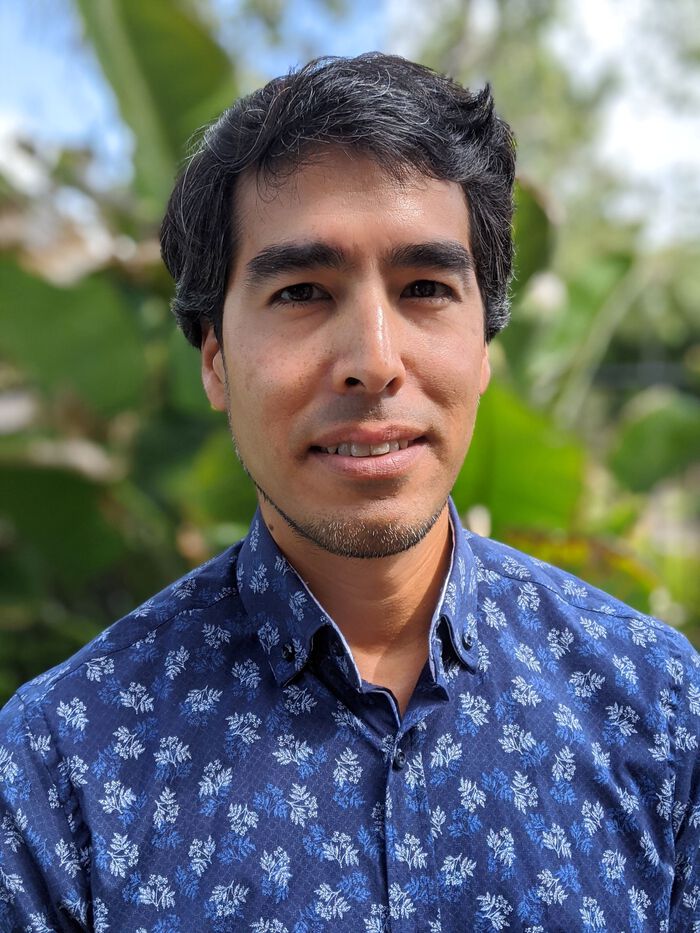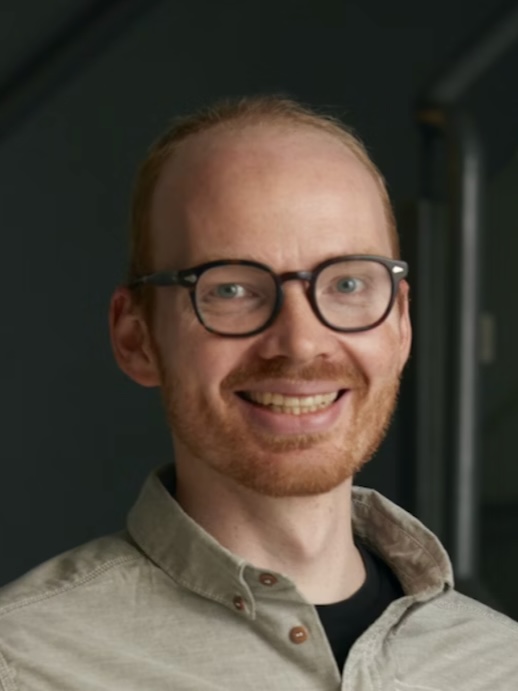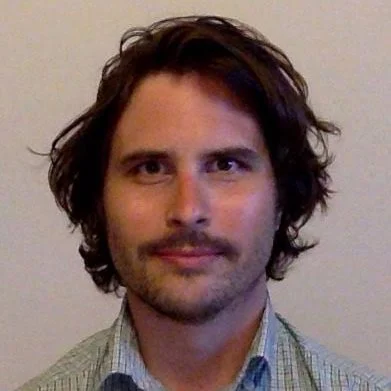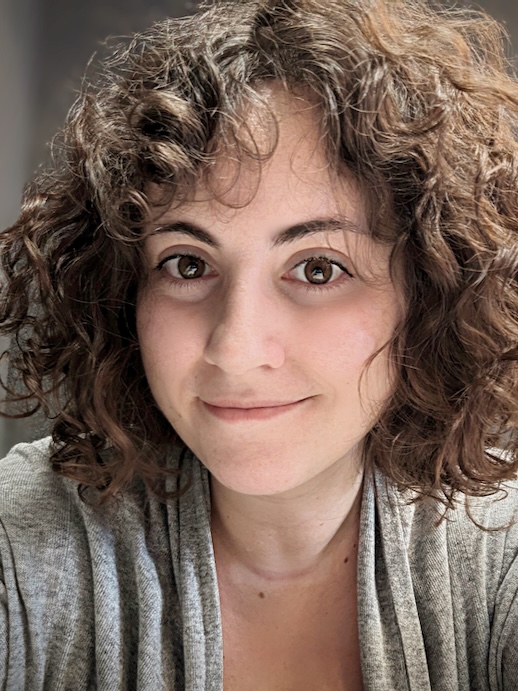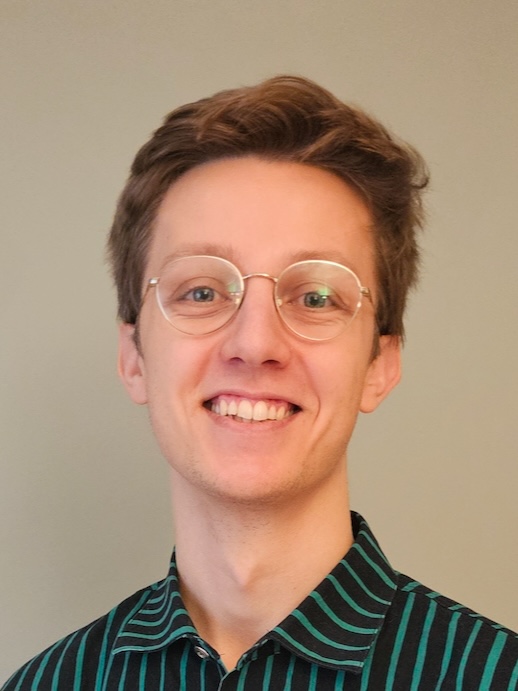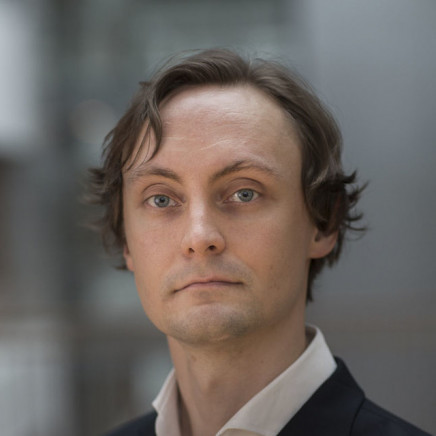Events - Page 2
I will talk about how one can relate intersection theories of Hilbert schemes of points and Fulton-MacPherson compactifications.
C*-algebra seminar by Eduard Vilalta (Chalmers University of Technology / University of Gothenburg)
QOMBINE seminar talk by Franz Fuchs (University of Oslo)
The purpose of this workshop is to bring together communities in dynamical systems, harmonic analysis and operator algebras whose research relates to point sets in Euclidean space and general locally compact groups.
Doctoral candidate Anders Sandnes at the Department of Mathematics will be defending the thesis Bayesian machine learning for virtual flow metering for the degree of Philosophiae Doctor.
Doctoral candidate Clara Bertinelli Salucci at the Department of Mathematics will be defending the thesis Advancing data-driven diagnostics and prognostics for lithium-ion batteries: A focus on model interpretability and accuracy for the degree of Philosophiae Doctor.
Abstract: Although tropical vector bundles have been introduced by Allermann ten years ago, very little has been said about their structure and their relationship to vector bundles on algebraic varieties. I will present recent work with Martin Ulirsch and Dmitry Zakharov that changes exactly this in the case of curves: we prove analogues of the Weil-Riemann-Roch theorem and the Narasimhan-Seshadri correspondence for tropical vector bundles on tropical curves. We also show that the non-Archimedean skeleton of the moduli space of semistable vector bundles on a Tate curve is isomorphic to a certain component of the moduli space of semistable tropical vector bundles on its dual metric graph. Time permitting I will also report on work with Inder Kaur, Martin Ulirsch, and Annette Werner and explain some of the difficulties that arise when generalizing beyond the case of curves to Abelian varieties of arbitrary dimension.
C*-algebra seminar by Emilie Elkiær.
We consider several situations where drops can be captured by fibrous materials, from sprays on textiles (where the droplets are much larger than the typical fiber size) to meshes placed in a flow of fog (where the droplets are smaller than the typical fiber size). This last system, often encountered in aerosol filtration, exhibits a wealth of phenomena coupling capillarity and aerodynamics. In particular, we characterize experimentally and theoretically the deposition of the mist droplets on the fibre and the flow through and around the porous mesh, that both strongly depend on the mesh porosity and fine structure (i.e. the arrangements of the fibers). We further consider the dynamics of large drops sitting on fibers when exposed to a cross-flow, in particular their interactions with their unsteady wakes.
A liquid droplet placed on a rigid, planar surface has a captivating simplicity: its surface is a spherical cap and remains in equilibrium. In this talk, I’ll show that the addition of a deformable boundary leads to a range of new phenomena: evaporating droplets with an elastic skin may develop flat tops, but even without a complex rheology, reaching equilibrium can happen slowly, with the droplet’s contact ageing. I will discuss two specific examples, presenting a combination of theory and experiment for each.
Doctoral candidate Stephane Poulain at the Department of Mathematics will be defending the thesis Capillarity, Elastohydrodynamic, and Fluid-Structure Interactions at Small Scales for the degree of Philosophiae Doctor.
The theory of flexible plates can be applied to models of floating solar panels. When wet, the structure vibrates with lower frequencies than when in vacuo. Our study is concerned with thin rectangular porous plates with free edge conditions in three dimensions exposed to incoming waves. We develop a complete hydrodynamical theory of the wave-flexible-structure interaction including the coupled radiation-diffraction problem. The formulation leads to a set of integral equations for the potentials on the wetted side of the plate. The Green function in three dimensions is implemented along the floating geometry. We use the beam method for the displacement of the rectangular free plate. A variational equation is minimized for the solutions of the interaction problem
Note the non-standard start time!
Abstract: We consider mirror pairs of Calabi-Yau hypersurfaces X and X’ in toric varieties associated to dual reflexive polytopes. We will give a proof through tropical geometry that the Hodge numbers of X and X’ are mirror symmetric. The proof goes by considering tropical homology, and works over the ring of integer numbers. In particular, we can use our spectral sequence with Kris Shaw to explore the connections between the topology of the real part of X and cohomological operations on X’.
This is based on joint work with Diego Matessi.
Doctoral candidate Viktor Balch Barth at the Department of Mathematics will be defending the thesis Endomorphisms of ℙ¹ and 𝔸ⁿ. Motivic homotopy classes and open images for the degree of Philosophiae Doctor.
C*-algebra seminar by Sergey Neshveyev.
Structural equation models are simultaneous equation regression models, whose variables are latent, and measured via a confirmatory factor model (that is, with measurement error and repeated measurements). When the functional form of the simultaneous equation system is unknown, it has previously been observed in simulations that factor scores inputted into non-parametric regression methods approximate the true functional form. Factor scores estimate the latent variables (per person), and several types exist. We provide a theoretical (though population-based) analysis of this procedure, and provide assumptions under which it is theoretically justified in using Bartlett factor scores, which are simple linear transformations of the data. In simulations, we compare this suggestion to an already available though understudied non-linear and computationally heavy procedure, and observe that the simple Bartlett approach appears to work better.

